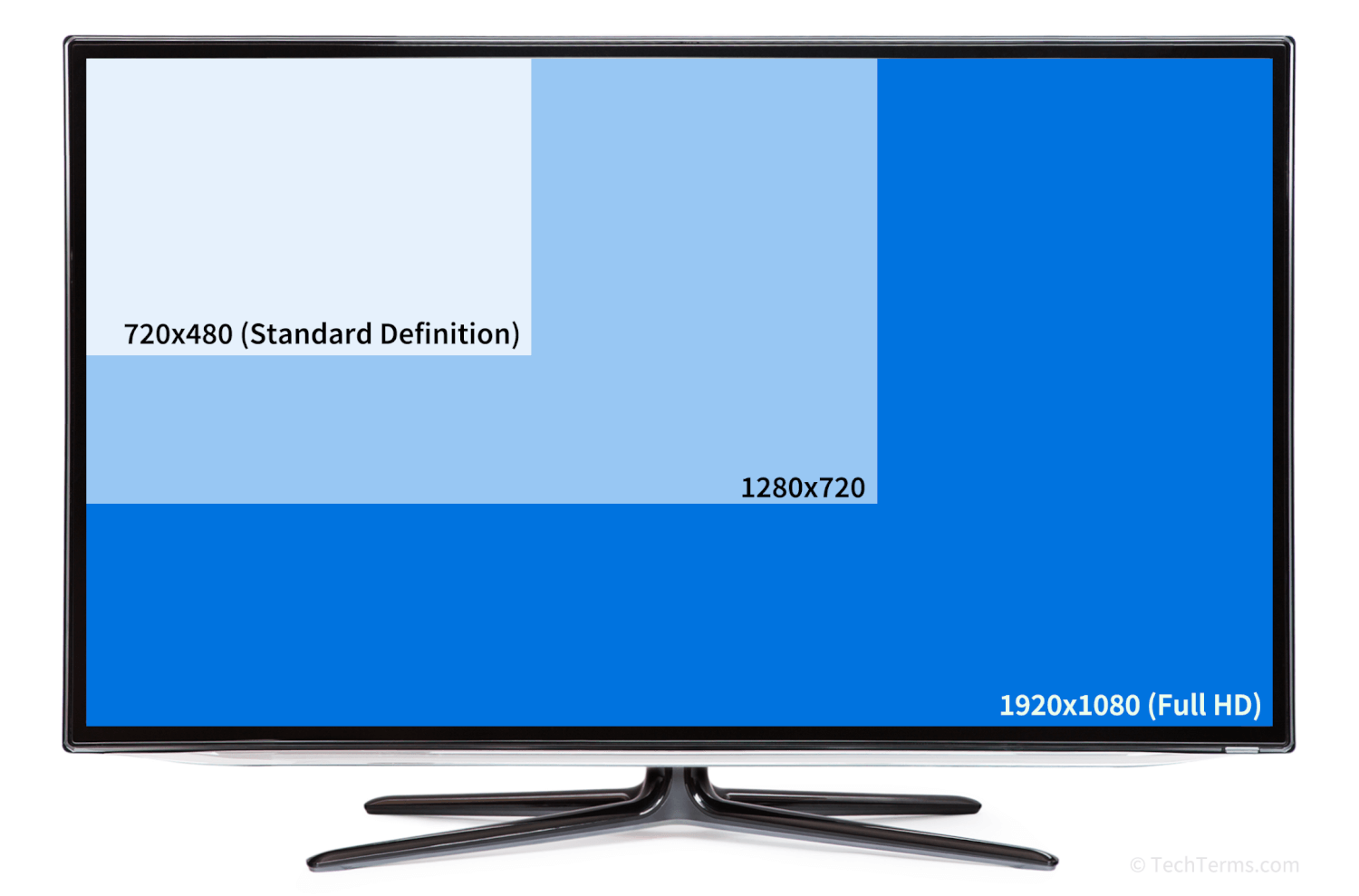HDTV
Stands for "High Definition Television."
HDTV is a high-quality digital video standard for broadcast, cable, and satellite television. It replaced older broadcast standards, now known as standard definition or SDTV. High-resolution HDTV images have five times as many pixels as SDTV, providing a sharper, more detailed image with richer colors.
Unlike SDTV, which was broadcast using analog signals, HDTV broadcasts are fully digital. Lossy digital video compression using the H.264 codec allows broadcasters to carry a much higher-resolution image over the same broadcasting medium. Digital signals are also less susceptible to interference, although when interference is present, it typically results in a dropped signal instead of a noisy picture.
The HDTV standard defines three video formats — 1280x720 progressive scan (720p), 1920x1080 interlaced (1080i), and 1920x1080 progressive scan (1080p); for comparison, SDTV only displayed interlaced images at either 720x480 or 720x576 (depending on the region). HDTV also uses a 16:9 aspect ratio that is wider and more cinematic than the 4:3 aspect ratio of SDTV. HDTV supports up to five audio channels (with a sixth low-frequency subwoofer channel) compared to SDTV's two channels.
While HDTV broadcasts started in many parts of the world in the 1990s, HDTV did not see widespread adoption until the mid-2000s. When these broadcasts first began, HDTVs used the same CRT display technology as standard-definition TVs. By 2010, most TVs sold were HDTV-compatible LCD sets. As technology improved, the higher-resolution UHD standard was introduced, which supports higher resolutions (like 4k and 8k), better audio, and expanded dynamic range. However, since UHD requires significantly more bandwidth, HDTV resolutions are still more common for TV broadcasts over cable, satellite, and airwaves.

 Test Your Knowledge
Test Your Knowledge